Museo de Arte Kumho (금호미술관)
2.2Km 2023-02-22
Samcheong-ro 18, Jongno-gu, Seúl.
El Museo de Arte Kumho fue inaugurado el 10 de mayo de 1989, con el objetivo de proporcionar espacio para la exposición de obras de los nuevos artistas y de esta manera desarrollar, capacitar y beneficiar el sector de la cultura artística. Luego, en octubre de 1999, con la llegada de Park Gang-ja, la nueva titular del museo, se transformó en un complejo artístico y cultural.
Hotel President (프레지던트 호텔)
2.2Km 2021-06-17
16, Eulji-ro 12-gil, Jung-gu, Seoul
+82-2-753-3131
Hotel President is located in the center of downtown Seoul, in front of Seoul Plaza. Nearby attractions include royal palaces, the financial area, a business area, and shopping street, perfect for convenience and completing successful business. Hotel services include a business center and tour desk for the perfect mix of business and pleasure. The hotel offers a 24-hour reception desk, as well as dry cleaning and room service. The 303 guestrooms come in a range of sizes from single to suites, with a choice of view between Seoul City Hall or Namsan Mountain.
MyungBo Art Hall (명보아트홀)
2.2Km 2025-04-14
Mareunnae-ro 47, Jung-gu, Seúl
Masinneungimchijjim&Sundubu (맛있는김치찜&순두부)
2.2Km 2021-03-20
31, Ujeongguk-ro, 2-gil, Jongno-gu, Seoul
+82-2-722-1095
Selling spicy soups, it’s a good place to visit after visiting Cheonggyecheon. This Korean dishes restaurant is located in Jongno-gu, Seoul. The most famous menu is pork and kimchi stew.
Galería Hyundai (갤러리 현대)
2.2Km 2021-03-09
Samcheong-ro 14, Jongno-gu, Seúl.
+82-2-2287-3500
Fue inaugurada en abril de 1970, con el nombre “Hyundai Hwarang” en Insa-dong, distrito de Jongno-gu, Seúl. Durante más de 40 años ha presentado exposiciones de los artistas más célebres en la historia de Corea: Park Su-geun, Lee Jung-seob, Kim Hwan-gi, Chang Ucchin, Chun Kyung-ja, Lee Dae-won, Yu Yeong-guk, Lee U-fan, Paik Nam-june, Shim Moon-seup, etc.
Consta de dos edificios, el principal y otro anexo, y también dispone de una sede en Gangnam. La galería de Gangnam abarca una dimensión más amplia de artistas sin restricción de género ni estilo, de tal manera que presenta exposiciones de alta calidad, posibilitando el conocimiento del mercado artístico tanto nacional como extranjero. Esta institución artística también se encarga de presentar y promocionar a artistas jóvenes.
Dugahun (두가헌)
2.2Km 2020-05-07
14, Samcheong-ro, Jongno-gu, Seoul
+82-2-3210-2100
The wine restaurant, dugahun, is located in the backyard of Gallery Hyundai on Samcheong-dong Road. As the name Dugahun, translated ‘a very beautiful house’, implies, the restaurant is characterized by its exquisite, antique architecture that dates back to the 1910s. Combining fine Western dining and a wide selection of wines with a beautiful hanok interior, dugahun provides visitors with a unique dining experience. For an added element of culture, visit Gallery dugahun (the adjacent Russian-style brick building) and take a look at the array of domestic and international artwork on display.
Museo Folclórico Nacional y Museo Infantil del Museo Folclórico Nacional (국립민속박물관&국립민속박물관 어린이박물관)
2.2Km 2024-04-18
Samcheong-ro 37, Jongno-gu, Seúl
Gongpyeongdong Kkomjangeo (공평동꼼장어)
2.2Km 2021-03-26
29, Ujeongguk-ro, Jongno-gu, Seoul
+82-2-738-1769
It is a place where you can eat in the atmosphere of a cart bar that is often featured in Korean dramas. The best menu at this restaurant is grilled sea eel. This Korean dishes restaurant is located in Jongno-gu, Seoul.
Gran Celebración de Jeongwol Daeboreum (정월대보름 한마당)
2.2Km 2025-02-05
Samcheong-ro 37, Jongno-gu, Seúl
02-3704-3106
El Museo Folclórico Nacional de Corea celebra la festividad de la luna llena, conocida como Jeongwol Daeboreum. Se realizan muchos eventos tradicionales para desear buena suerte en el nuevo año.
Tumba Real Jeongneung en Seúl (서울 정릉) [Patrimonio Cultural de la Humanidad de la Unesco]
2.2Km 2021-01-27
Arirang-ro 19-gil 116, Seongbuk-gu, Seúl.
+82-2-914-5133
La tumba Jeongneung es la tumba real de la reina Sindeogwanghu, que era la esposa de Taejo, el primer rey de la dinastía Joseon. En aquella época el rey, según las tradiciones del antiguo reino Goryeo, tenía dos esposas: una en Seúl, que llega a ser la reina Sindeogwanghu, y otra en su tierra natal. La Sra. Han, su esposa en su tierra natal, murió antes de que Taejo subiera al trono, por lo que fue la Sra. Kang quien tuvo el honor de ser coronada como reina.
Taejo tuvo dos hijos con la reina, pero aquellos príncipes murieron durante la revolución liderada por su hermanastro Lee Bang-won. Después de esta tragedia, Taejo perdió el interés por la política y dedicó la mayoría de su tiempo a orar por su esposa e hijos en los templos budistas situados en Jeongneung.
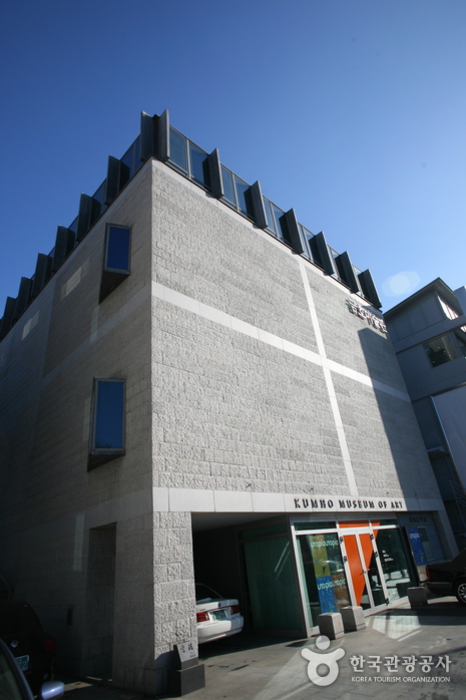
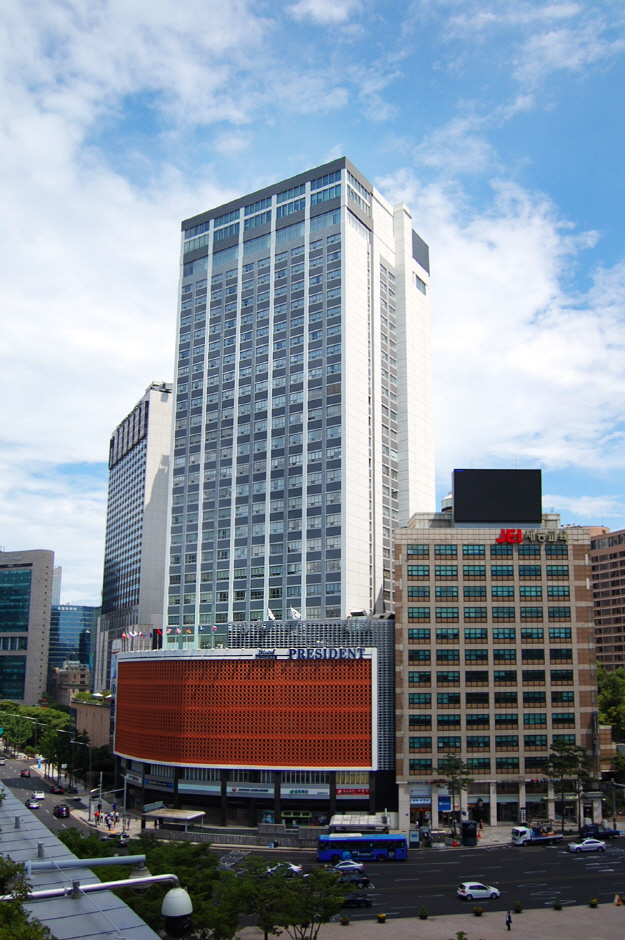
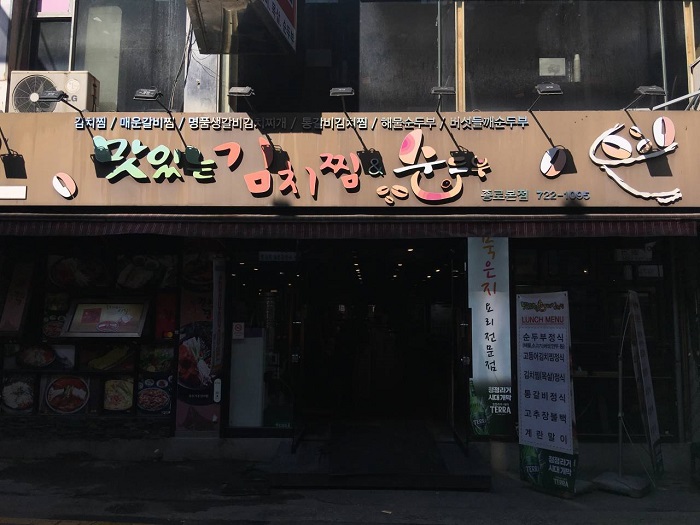
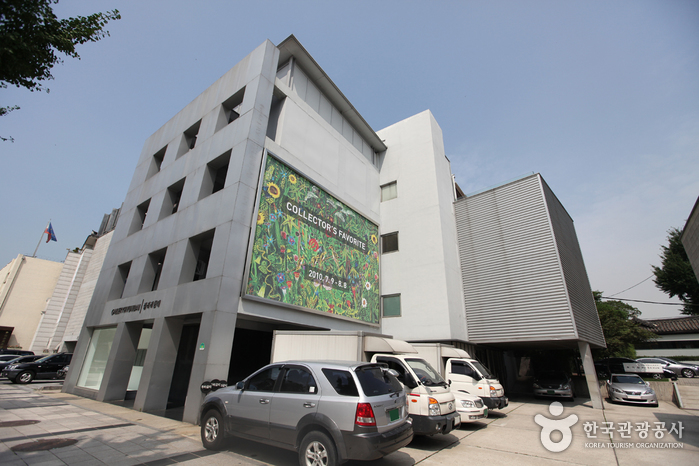
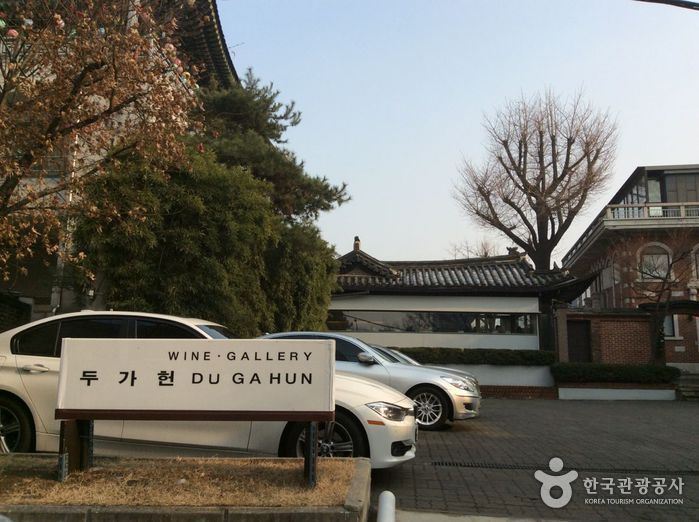

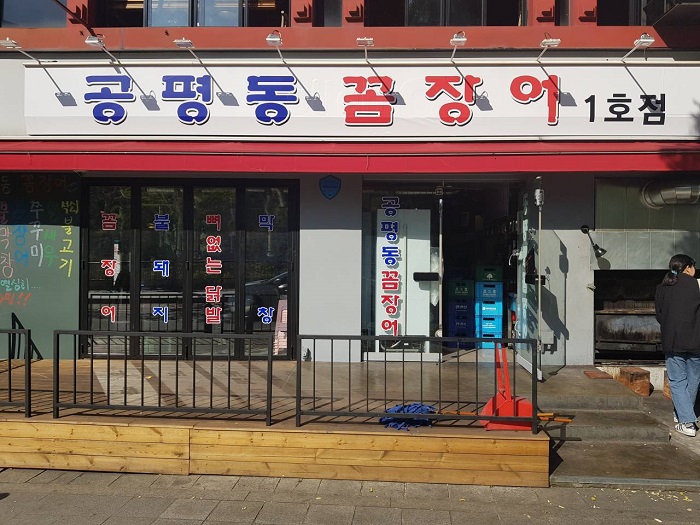

![Tumba Real Jeongneung en Seúl (서울 정릉) [Patrimonio Cultural de la Humanidad de la Unesco]](http://tong.visitkorea.or.kr/cms/resource/91/2622291_image2_1.jpg)
 Español
Español
 한국어
한국어 English
English 日本語
日本語 中文(简体)
中文(简体) Deutsch
Deutsch Français
Français Русский
Русский